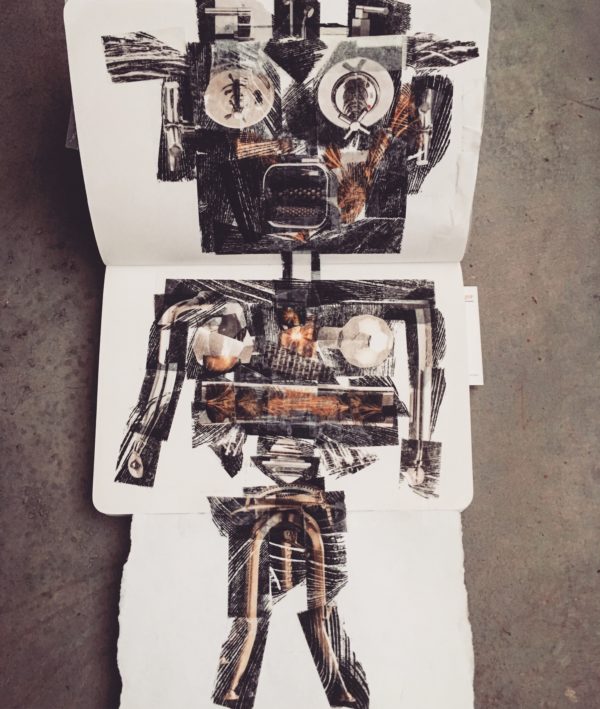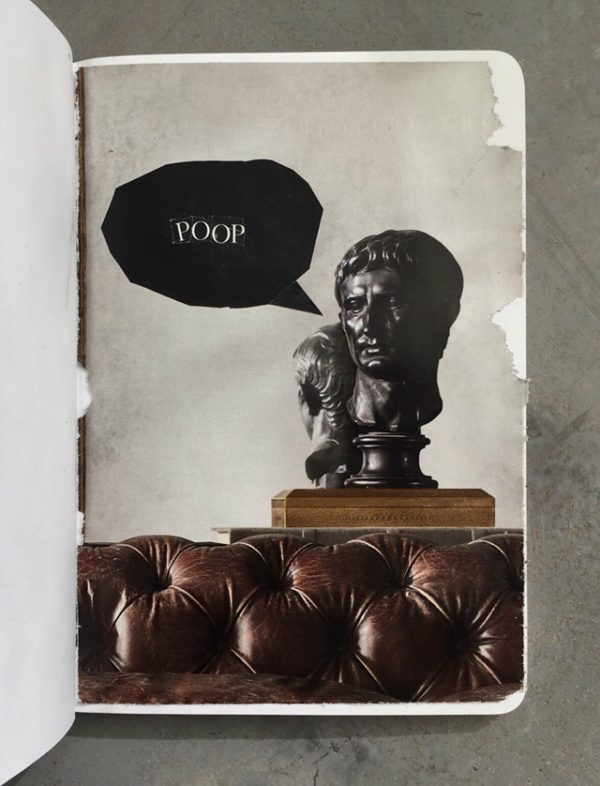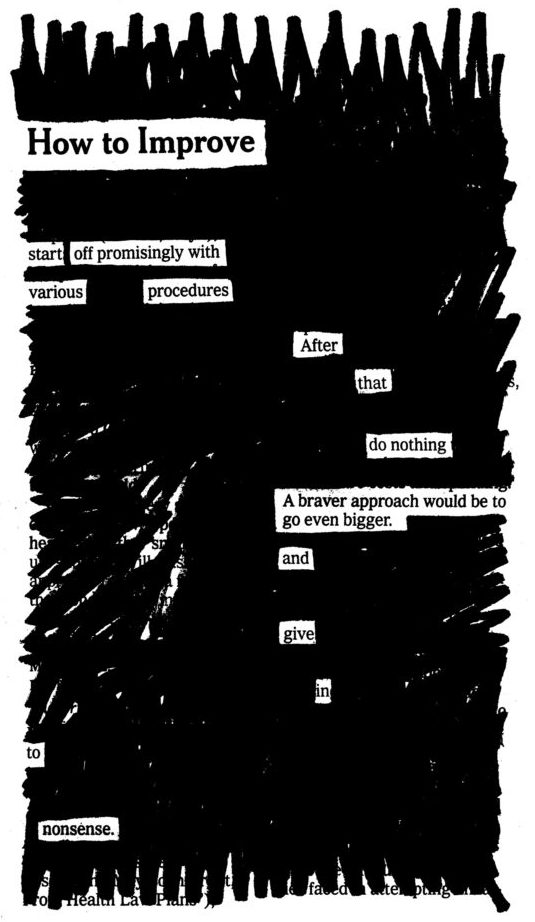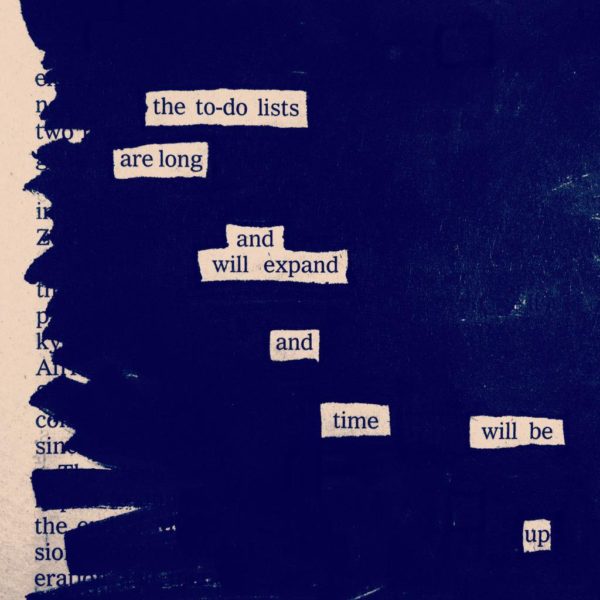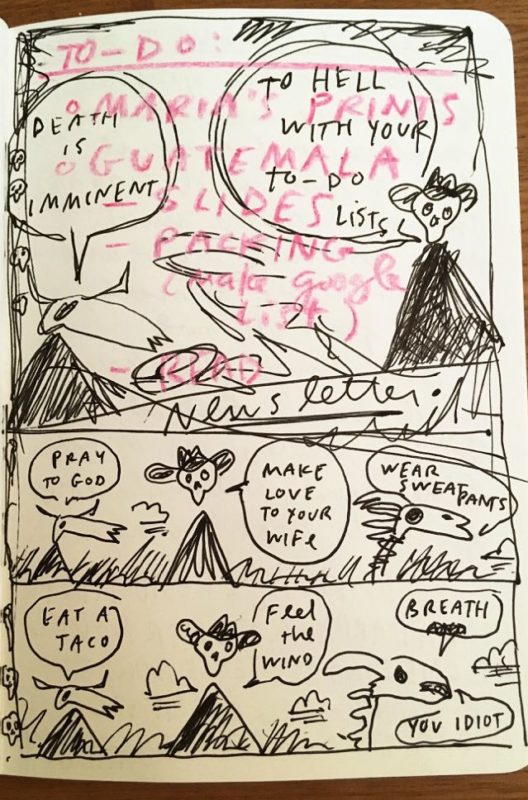This is one of my favorite pages from the new 2018 calendar. (You may recognize it from the journal, too.)
I’ve always kept pictures of my heroes above my desk to keep watch over me, like guardian spirits, to remind me who I want to be. These days they help me remember who I wanted to be when I first got started.
Man, there are so many things to push you off your path. Maybe you get a taste of success and say, “Oh, well now it’s time to get serious.” Or maybe you fall into a career you didn’t plan on. Maybe people start lumping you in with some contemporaries you never asked to be lumped in with. Maybe somebody dangles some easy-looking money at you. In my experience, at some point you will wonder what the heck you’re doing and what you should do next.
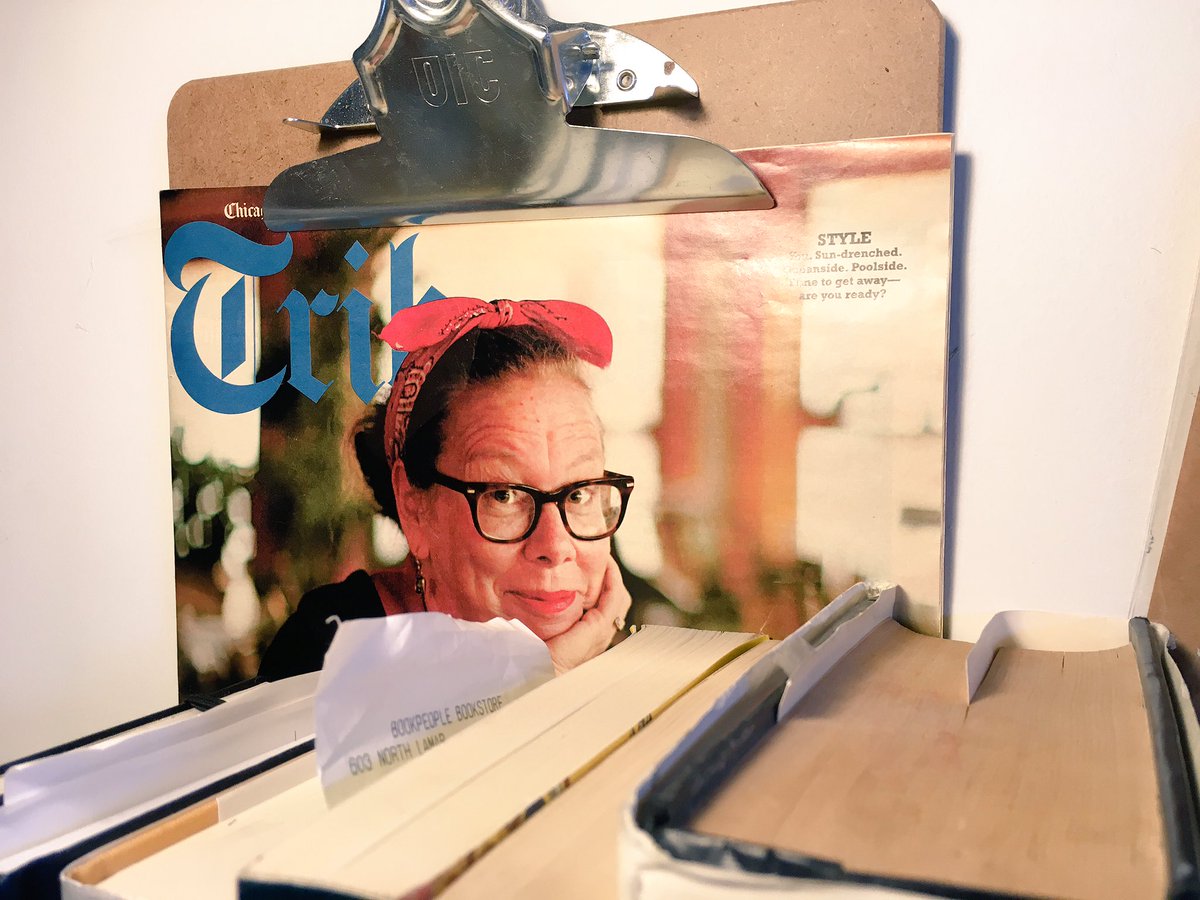
Your heroes can help. Much depends, of course, on the quality of one’s heroes, but looking to them can help you get re-aligned with yourself. Sometimes it’s a stern look to say, “Stop f***ing this up.” Sometimes it’s a wink, to say “keep going, baby.” (Some of them you need at eye level, which is why I have Queen Lynda keeping watch over my writing desk.)
One of my favorite writer/directors, Billy Wilder, he kept a sign in his office that reminded him of his mentor, Ernst Lubitsch, “How would Lubitsch do it?”
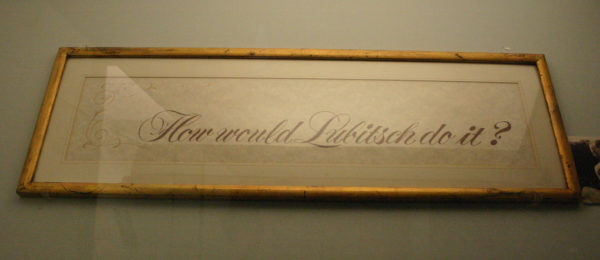
(The Paris Review asked him, “Well, how did he do it?” and part of Wilder’s answer was: “It’s funny, but we noticed that whenever he came up with an idea, I mean a really great idea, it was after he came out of the can. I started to suspect that he had a little ghostwriter in the bowl of the toilet there.”)
Anyways. Remember your heroes. They can help.


